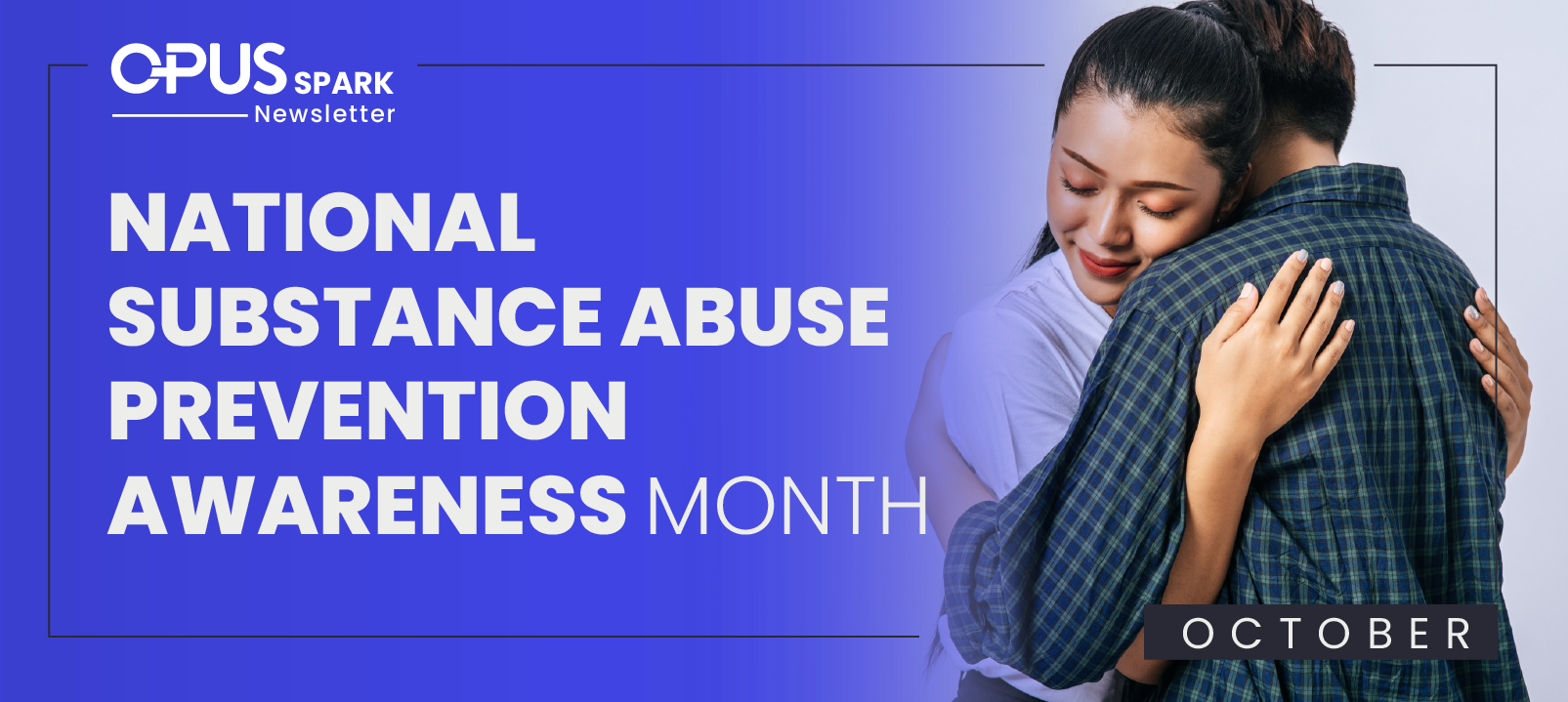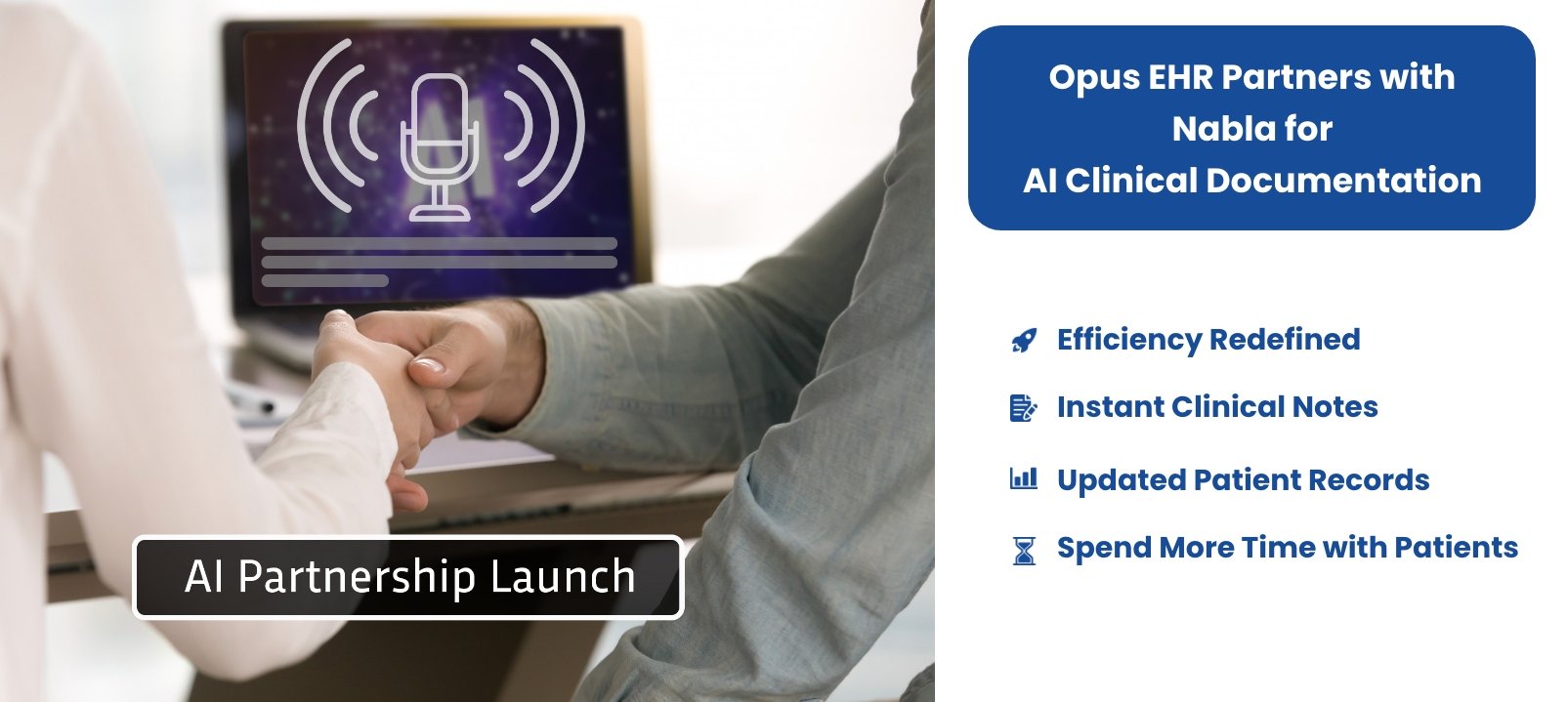Understanding Addiction and Co-occurring Disorders
Many people who are addicted to drugs are also diagnosed with other mental health disorders and vice versa. For example, compared with the general population, people addicted to drugs are 200% more likely suffer anxiety disorders, obsessive compulsive disorders and trauma with the inverse almost as staggering. Addiction is a mental illness and those that suffer from it have additional behavioral health issues complicating long term recovery. Although drug use disorders commonly occur with other mental illnesses, this does not mean that one caused the other, even if one appeared first. In fact, establishing which came first or why can be difficult and really not that important to the overall success of the patient. However, research suggests that some of the possibilities for this common co-occurrence is self-medication and increase in shared symptoms. Patient suffering from anxiety or depression may rely on alcohol, tobacco, and other drugs to temporarily alleviate their symptoms. While drug abuse can also bring about symptoms of another mental illness, like increased risk of psychosis in vulnerable marijuana users. Research also shows that these disorders could also be caused by shared risk factors, such as
- Overlapping genetic vulnerabilities
- Overlapping environmental triggers
- Involvement of similar brain regions
- Exposure at a young age
The high rate of comorbidity between drug use disorders and other mental illnesses calls for a comprehensive approach that identifies and evaluates both. Accordingly, anyone seeking help for either drug abuse/addiction or another mental disorder should be checked for both and treated accordingly. Several behavioral therapies have shown promise for treating comorbid conditions. These approaches can be tailored to patients according to age, specific drug abuse, and other factors. Some therapies have proven more effective for adolescents, while others have shown greater effectiveness for adults; some are designed for families and groups, others, or individuals. Effective medications exist for treating opioid, alcohol, and nicotine addiction and for alleviation the symptoms for many other mental health disorders, yet most have not been well studied in comorbid populations. Some medications may benefit multiple problems. For example, evidence suggest that bupropion, approved for treating depression and nicotine dependence, might also help reduce craving and use of the drug methamphetamine. More research is needed, to better understand how these medications work, particularly when combined in patients with comorbidities.
Overlapping genetic vulnerabilities
A particularly active area of comorbidity research involves the search for genes that might predispose individuals to develop both addiction and other mental illnesses, or to have a greater risk of a second disorder occurring after the first appears. It is estimated that 40-60% of an individual's vulnerability to addiction is attributable to genetics; most of this vulnerability arises from complex interactions among multiple genes and from genetic interactions with environmental influences. In some instances, a gene product may act directly, as when a protein influences how a person responds to a drug (e.g., whether the drug experience is pleasurable or not) or how long a drug remains in the body.
But genes can also act indirectly by altering how an individual responds to stress or by increasing the likelihood of risk-taking and novelty-seeking behaviors, which could influence the development of drug use disorders and other mental illnesses. Several regions of the human genome have been linked to increased risk of both drug use disorders and mental illness, including associations with greater vulnerability to adolescent drug dependence and conduct disorders.
Overlapping of similar brain regions
Some areas of the brain are affected by both drug use disorders and other mental illnesses. For example, the circuits in the brain that use the neurotransmitter dopamine–a chemical that carries messages from one neuron to another– are typically affected by addictive substances and may also be involved in depression, schizophrenia, and other psychiatric disorders. The overlap of brain areas involved in both drug use disorders, and other mental illnesses suggests that brain changes stemming from one may affect the other. For example, drug abuse that precedes the first symptoms of a mental illness may produce changes in brain structure and function that kindle an underlying propensity to develop that mental illness. If the mental disorder develops first, associated changes in brain activity may increase the vulnerability to abusing substances by enhancing their positive effects, reducing awareness of their negative effects, or alleviating the unpleasant effects associated with the mental disorder or the medication used to treat it.
Exposure at a young age
Although drug abuse and addiction can happen at any time during a person's life, drug use typically starts in adolescence, a period when the first signs of mental illness commonly appear. It is therefore not surprising that comorbid disorders can already be seen among the youth. Significant changes in the brain occur during adolescence, which may enhance vulnerability to drug use and the development of addiction and other mental disorders. Drugs of abuse affect brain circuits involved in learning and memory, reward, decision-making, and behavioral control, all of which are still maturing into early adulthood. One of the brain areas still maturing during adolescence is the prefrontal cortex– the part of the brain that enables us to assess situations, make sound decisions, and keep our emotions and desires under control. The fact that this critical part of an adolescent's brain is still a work in progress puts them at increased risk for poor decisions (such as trying drugs or continuing abuse). Thus, introducing drugs while the brain is still developing may have profound and long-lasting consequences.
Understanding the relations between drug use and other mental health disorders, will ensure that patients get treated for all their problems in a single plan. It will ultimately increase a person’s chance of remaining clean even after discharge.
Work Cited
National Institute on Drug Abuse. (2010, September). Comorbidity: Addiction and Other Mental Illnesses .
“Resources.” The Academy for Addiction Professionals, www.addictionacademy.com/resources.php.






